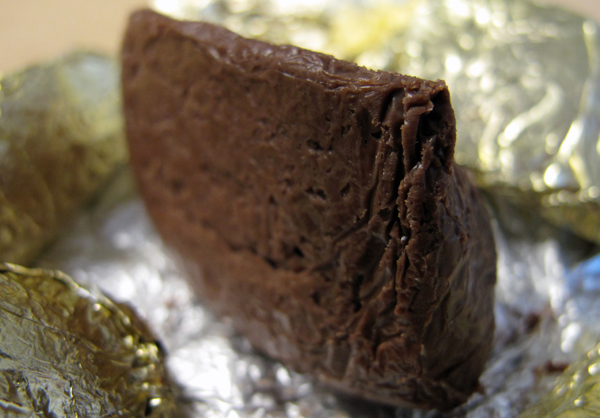
Having discussed the traditional tripartite composition of gianduiotti (i.e., sugar, cacao, Tonda Gentile delle Langhe), we now turn to their shape and three methods of formation.

Having discussed the traditional tripartite composition of gianduiotti (i.e., sugar, cacao, Tonda Gentile delle Langhe), we now turn to their shape and three methods of formation.
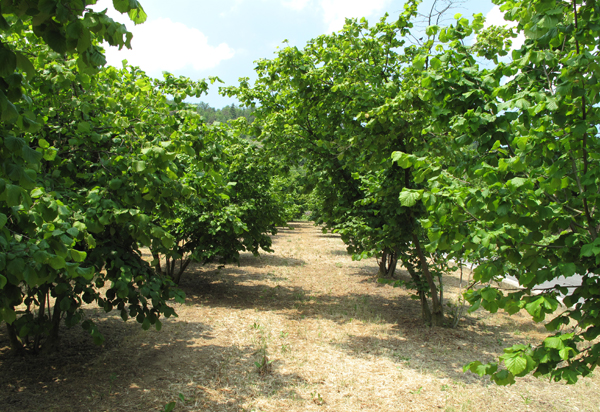
The universal esteem for Tonda Gentile delle Langhe’s kernel quality has not led to the cultivar’s dominance in growing regions beyond its native Piedmont. While there are some historical and cultural reasons this, they are overshadowed by the practical. Tonda Gentile delle Langhe has proven to be something of a prima donna.
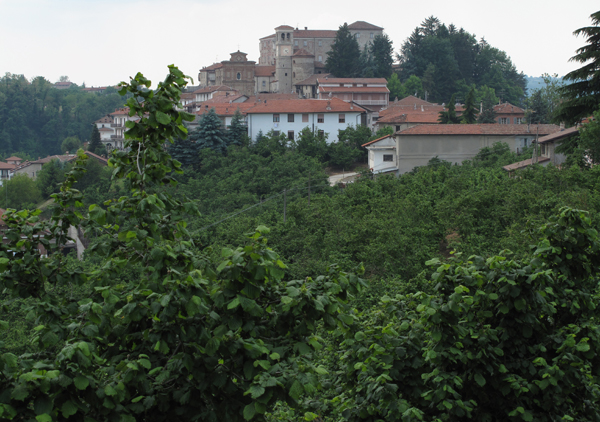
Tonda Gentile delle Langhe excels in every objective measure of hazelnut quality for confectionery. But, subjectively, do the nuts taste better? It’s not difficult to find experienced food writers and chefs who insist they do.
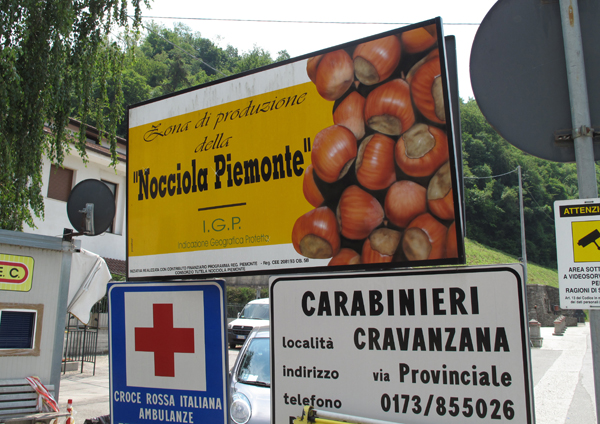
The dominant hazelnut cultivar in Piedmont is Tonda Gentile delle Langhe (or TGL, for short). Tonda Gentile delle Langhe translates as “round and mild (or delicate or refined) of the Langhe,” referring to the spherical kernel, its sweetness of flavor, and the cultivar’s origins in the Langhe hills southeast of Turin in the province of Cuneo.
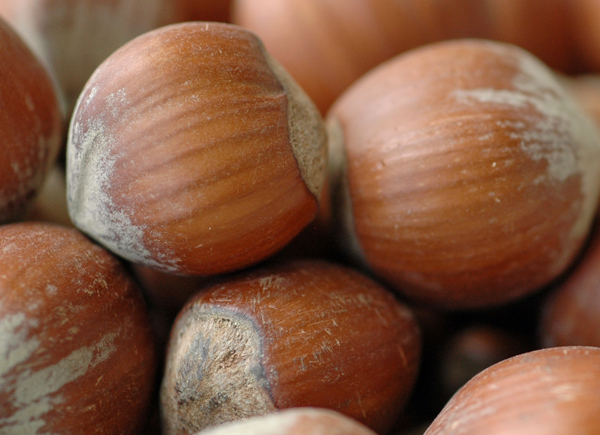
We now turn to the third necessary component of gianduia: roasted hazelnuts. Before getting into specifics, some general information may be helpful.